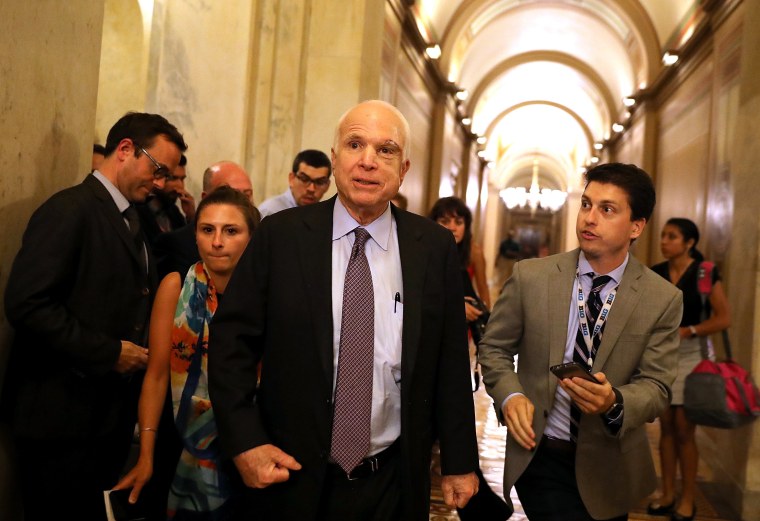The 7-Second Trick For What Is Health Care Financing
There are at least 3 kinds of systems that can potentially guarantee that everyone in a jurisdiction is covered for medical and medical facility care. These consist of needing or mandating health insurance, providing insurance (however not care) by means of a single federal government payer, and socialized medicine, in which both insurance coverage and treatment are handled by the federal government.
The government might support part of the premiums but most insurance is supplied by personal business. Germany's system, for instance, consists of both for-profit and not-for-profit insurers. Requiring health insurance coverage has helped some countries, including Germany, the Netherlands, and Switzerland, accomplish universal coverage. In the U.S. how much does medicaid pay for home health care., the 2010 Affordable Care Act established a similar requirement and system.
The Tax Cuts and Jobs Act (TCJA) rescinded the charge, starting in 2019. Some U.S. states (California, Massachusetts, New Jersey, Rhode Island, Vermont) and the District of Columbia levy their own charges on those who do not buy health insurance coverage. Because 2006, Massachusetts, for example, has actually required its residents to have health insurance or pay a fine.
5% in the state. Under a single-payer system, all health costs are paid by the government using tax income. This allows countries to Substance Abuse Treatment manage expenses, in part, by having the government play a more powerful function in negotiating costs for healthcare. Health insurance is universal and used by a single entity.
What Does What Should A Health Care Worker Do Immediately After A Safety Violation Occurs? Do?
Examples of this design include Canada and France. In both of these nations, private-sector insurance providers also exist, however they play a bit part as suppliers of supplemental coverage. In these systems, both insurance coverage and healthcare are provided by the federal government. In the UK's National Health Service, for instance, the federal government owns the majority of the medical facilities and employs medical providers.
Interacted socially systems are less typical than single-payer ones. The coronavirus crisis has increased pressure on America's really complicated and costly healthcare system, making it more urgent to decrease expenses and possibly supply universal health care. In the U.S., the ACA increased the variety of insured individuals, but has not attained universal healthcare protection.
adults without health insurance coverage stood at 13. what is fsa health care. 7%. The other 86% of people have health insurance through a mix of federal government and personal insurance providers. On the planet of employer-based insurance, big business frequently utilize a mix of personal and self-insurance to cover a portion of their employees' health expenses.

Some andrekhhj037.fotosdefrases.com/what-is-health-care-financing-can-be-fun-for-anyone of the finest Medicare Benefit prepares are outstanding examples. Receivers of Medicaid choose a private insurance prepare for which state and federal governments pay much of the costs. This mix of methods might motivate competitors and entrepreneurial chances, and deal consumers choice and incentives to attempt to keep health care expenses down.
Not known Incorrect Statements About What Home Health Care Is Covered By Medicare
The United States does not have universal health insurance protection. Nearly 92 percent of the population was estimated to have protection in 2018, leaving 27. 5 million individuals, or 8. 5 percent of the population, uninsured. 1 Movement toward securing the right to healthcare has actually been incremental. 2 Employer-sponsored medical insurance was introduced throughout the 1920s.
In 2018, about 55 percent of the population was covered under employer-sponsored insurance. 3 In 1965, the very first public insurance programs, Medicare and Medicaid, were enacted through the Social Security Act, and others followed. Medicare. Medicare guarantees a universal right to health care for persons age 65 and older. Eligible populations and the series of advantages covered have actually slowly broadened.
All recipients are entitled to traditional Medicare, a fee-for-service program that supplies healthcare facility insurance coverage (Part A) and medical insurance (Part B). Given that 1973, recipients have had the option to get their protection through either traditional Medicare or Medicare Benefit (Part C), under which individuals enlist in a personal health care company (HMO) or handled care company.
Medicaid. The Medicaid program initially provided states the choice to get federal matching financing for providing healthcare services to low-income households, the blind, and people with disabilities. Coverage was gradually made necessary for low-income pregnant women Mental Health Facility and infants, and later for children up to age 18. Today, Medicaid covers 17.
Not known Facts About How Does Health Care Policy-making Operate In The United States?
As it is a state-administered, means-tested program, eligibility criteria vary by state. People require to get Medicaid coverage and to re-enroll and recertify every year. Since 2019, more than two-thirds of Medicaid beneficiaries were registered in managed care companies. 4 Children's Health Insurance Program. In 1997, the Kid's Health Insurance Program, or CHIP, was developed as a public, state-administered program for children in low-income families that make too much to qualify for Medicaid however that are unlikely to be able to manage private insurance coverage.
6 million children. 5 In some states, it runs as an extension of Medicaid; in other states, it is a different program. Budget-friendly Care Act. In 2010, the passage of the Client Protection and Affordable Care Act, or ACA, represented the largest growth to date of the federal government's function in financing and controling health care.
The ACA resulted in an estimated 20 million getting coverage, minimizing the share of uninsured adults aged 19 to 64 from 20 percent in 2010 to 12 percent in 2018. 6 The federal government's obligations include: setting legislation and nationwide methods administering and paying for the Medicare program cofunding and setting standard requirements and guidelines for the Medicaid program cofunding CHIP funding medical insurance for federal employees as well as active and previous members of the military and their families regulating pharmaceutical products and medical devices running federal markets for personal health insurance coverage offering premium subsidies for personal marketplace coverage.
The ACA developed "shared responsibility" among government, employers, and people for making sure that all Americans have access to economical and good-quality health insurance. The U.S. Department of Health and Human Services is the federal government's principal firm included with healthcare services. The states cofund and administer their CHIP and Medicaid programs according to federal guidelines.
Our How To Lower Health Care Costs Ideas
They likewise assist fund health insurance for state employees, control private insurance, and license health experts. Some states also handle health insurance coverage for low-income citizens, in addition to Medicaid. In 2017, public spending accounted for 45 percent of total health care spending, or around 8 percent of GDP. Federal costs represented 28 percent of total healthcare spending.

The Centers for Medicare and Medicaid Services is the largest governmental source of health coverage financing. Medicare is funded through a mix of basic federal taxes, an obligatory payroll tax that pays for Part A (health center insurance), and specific premiums. Medicaid is mainly tax-funded, with federal tax incomes representing two-thirds (63%) of costs, and state and regional earnings the rest.
CHIP is funded through matching grants offered by the federal government to states. Most states (30 in 2018) charge premiums under that program. Investing on personal health insurance represented one-third (34%) of overall health expenses in 2018. Personal insurance coverage is the main health protection for two-thirds of Americans (67%).
Most employers agreement with private health insurance to administer advantages. Many company plans cover employees and their dependents, and the bulk provide a choice of several plans. 8,9 Both employers and employees generally add to premiums; much less frequently, premiums are totally covered by the employer. The ACA presented a federal market, Health care.
